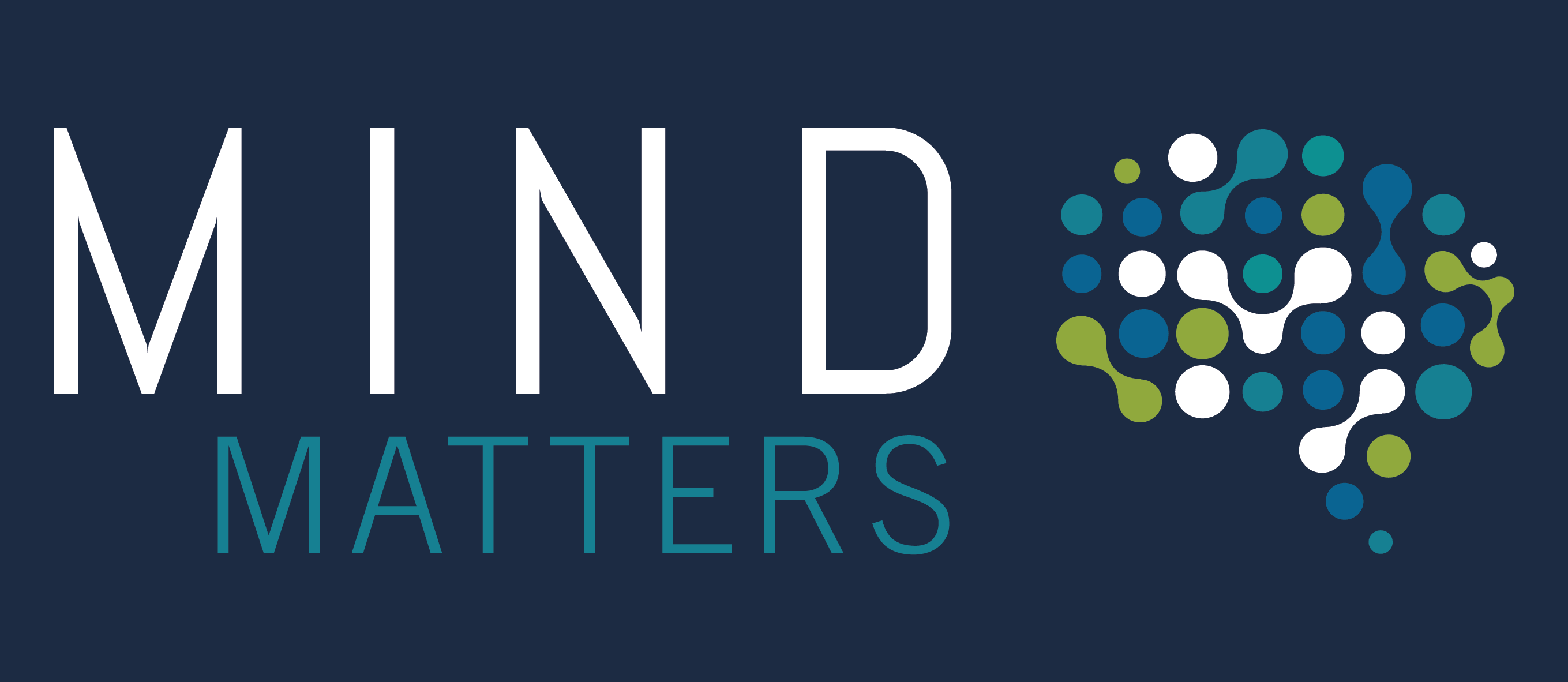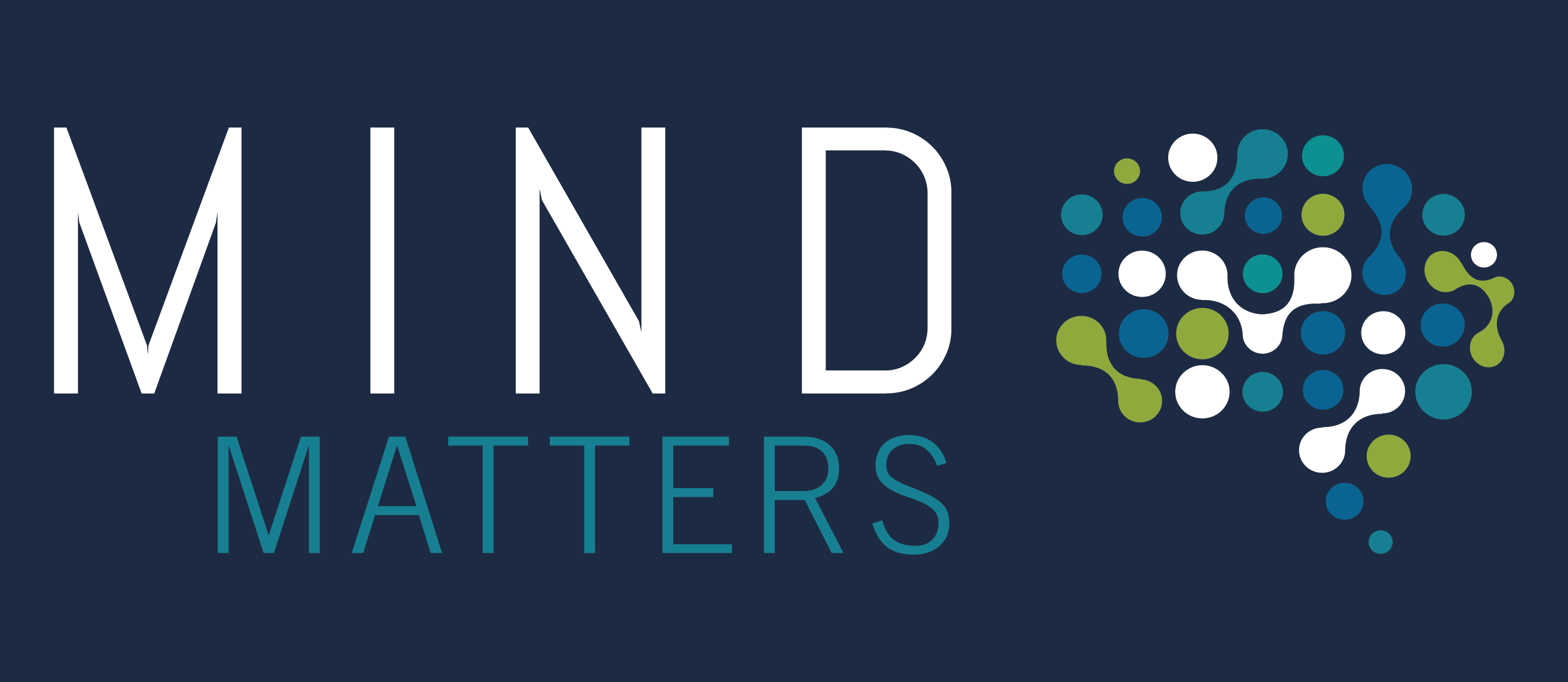

The path within: how intrinsic motivation can guide us towards our purpose
The path within:
How intrinsic motivation can guide us towards our purpose
BY: DR. MERET CEPERO MALO | January 23, 2024
Have you ever heard of the ‘overjustification effect’? Even if the term is new to you, chances are, you’ve already encountered this phenomenon at some point in your life. To understand what the overjustification effect is all about, just think of an activity that you really enjoy doing. For me, it’s weightlifting. Now, imagine someone paying you money to do that activity. At first you may think “Awesome, I get to do something I love AND get paid for it?” – eventually though, as soon as the payments stop, you are bound to show less interest in the activity than other people who were just doing it for fun. This is the overjustification effect in action. It refers to a scenario where getting an external reward for an activity we naturally find enjoyable diminishes our intrinsic motivation to continue the activity once the reward is removed1,2.
How is this possible? As we will learn today, intrinsic motivation rests on three pillars: autonomy, mastery, and purpose. But what exactly is intrinsic motivation? How does it relate to extrinsic motivation or external rewards? And what does all of this have to do with figuring out our life purpose? In this article, I invite you to join me on the path within, as we will delve into these questions, explore relevant concepts from the purpose workshop of the Resilience Training for Researchers, and compile actionable steps to pave the way towards a life that closely aligns us with our inner sense of motivation and joy.
Is ‘finding your purpose’ a myth?
Have you ever pondered your reason for getting up in the morning? What truly drives you? In the current global landscape, with numerous pressing issues to address3, many of us find ourselves uncertain about which causes to dedicate our life to, or what our purpose might entail. Purpose can generally be defined as a profound and personally meaningful intention that holds significance not only for oneself but also for society, the world, and humanity at large. Growing evidence suggests that a higher sense of purpose in life is associated with a lower risk of adverse health outcomes such as cardiovascular disease4, age-related cognitive decline and Alzheimer’s disease5, as well as burnout6, and mortality7. Conversely, a recent epidemiological study revealed a link between a change in purpose and subsequent positive health behaviors and well-being outcomes8. Ultimately, this means that knowing what you live for might actually influence the duration and quality of your life. Given such a compelling incentive, the lingering question is: Where do we begin our quest to discover our life’s purpose?
From a scientific standpoint, trying to identify a singular factor that gives significance to our conscious existence on this rocky water marble in space, is quite the daunting task. Merely acknowledging the multitude of perspectives and definitions that surround the concept of purpose9 makes me question the practicality of my current approach. Rather than trying to provide an all-encompassing definition of purpose, let me introduce more tangible approaches, such as bestselling author Mark Manson’s take on the topic. In one of his blog posts, he writes: “Here’s the truth. We exist on this earth for some undetermined period of time. During that time, we do things. Some of these things are important. Some of them are unimportant. And those important things give our lives meaning and happiness. The unimportant ones basically just kill time. So, when people say, “What should I do with my life?” or “What is my life purpose?” what they’re actually asking is: “What can I do with my time that is important?”10
Outside in or inside out?
As we begin our scavenger hunt for purpose, let us first turn to motivation. While at times, motivation can be equally as elusive as purpose, it has been extensively researched in the context of molecular and behavioral neuroscience, as well as psychology11–13. At the core of our motivation levels lies dopamine, a neurotransmitter mostly produced in our midbrain’s substantia nigra13. Once synthetized, dopamine travels along the projections of dopaminergic neurons to target brain regions such as the ventral tegmental area (VTA), the striatum, the nucleus accumbens, and the prefrontal cortex14. Overall, progressing towards our goals, achieving milestones or receiving rewards triggers the release of dopamine12,13. This, in turn, reinforces the link between our actions and positive outcomes13,14.
Generally, there are two types of motivation: intrinsic and extrinsic motivation15. You can think of intrinsic motivation as an internal drive that inspires us to follow our curiosity and engage in activities for the sheer joy and fulfillment they bring15. In contrast, extrinsic motivation is like an external push, driven by tangible rewards or consequences (i.e. monetary rewards, social punishment or societal approval)15.
To further illustrate the difference between intrinsic and extrinsic motivation, let me share a brief personal anecdote: As a child, I was an avid reader. Nothing brought me more joy than immersing myself in adventurous books filled with magic, dragons, poetry, and unlikely friendships. As I entered student life, however, reading began to feel like something that everyone else wanted me to do. I had to read books and articles for school, compile and cite complex research papers for my classes at university – and before I knew it, I found reading far less invigorating.
Who’s driving?
The above-mentioned example demonstrates the importance of self-determination in the realm of intrinsic motivation, a feature also as highlighted by author Daniel H. Pink in his book “Drive: The Surprising Truth about What Motivates Us”16. In “Drive”, Pink presents the three key elements that support and sustain intrinsic motivation: autonomy, purpose, and mastery16. We tend to experience intrinsic motivation when we can act independently, perceive the significance of our efforts, and derive satisfaction from the pursuit of increased skills. This also applies when we attempt to complete tasks that we consider to be less pleasant, or even difficult.
According to Prof. Dr. Andrew Huberman, Neurobiology professor at Stanford and a global science podcast sensation, the “holy grail of motivation” is a shift in mindset towards finding pleasure in the process of hard work (which will lead you towards your goal), rather than being driven by external rewards or specific outcomes. In an episode of his podcast “The Huberman Lab”, while speaking about ways to leverage our dopamine systems to overcome procrastination, he stated: “There is a set of circuits within us that allow us to identify what we want and then lean into effort – doing that in a persistent way, allows us to reach our goals. If we can do that with an intrinsic sense of pleasure, it is nothing short of magic. But of course, it’s not magic. It’s science.”17.
This sentiment is also echoed by psychological studies anchored in self-determination theory (SDT), which have linked intrinsic motivation to enhanced learning, boosts in performance and creativity, as well as psychological wellness like an increased sense of purpose18. Therefore, intrinsic motivation emerges as a powerful force, compelling us to engage in activities, not just for the sheer satisfaction, but for the joy of doing “hard things” that move the needle in the ‘right direction’ for us.
“I did it all for you!” – Extrinsic motivation and people pleasing
Now that we’ve talked about the benefits of intrinsic motivation driving our actions, let us evaluate when and why extrinsic motivation gets involved. When it comes to drive, our core beliefs often act as silent architects, shaping the foundation of our motivations19,20. Extrinsic motivation tends to find its roots in societal expectations and forms of external validation that influence our core beliefs (to learn more, find our articles on core beliefs and composure linked here). For example, the relentless pursuit of academic successes may be rooted in the core belief that academic prestige equates to (or increases) our sense of self-worth. Understanding these core beliefs is crucial, as they can either align with our intrinsic motivations or act as roadblocks on the inner path toward purpose.
One prevalent symptom of extrinsic motivation being in the driver’s seat of our actions is the tendency to people-please. As Paul would remind us during almost every session of the Resilience Training for Researchers: “The desire for external approval can become a powerful driving force, often at the cost of one’s authentic self.” People-pleasing can veil our intrinsic motivations, leaving us entangled in a web of others’ expectations, ultimately hindering our journey toward true purpose. Extrinsic motivation is also closely linked to perfectionism21, where the pursuit of external validation becomes a never-ending quest for flawlessness.
In his book ‘Hidden Potential: The Science of Achieving Greater Things’, psychologist and author Adam Grant, reviews the science on perfectionism and summarizes three aspects that perfectionists tend to get wrong: Firstly, they obsess about insignificant details, meaning they spend a lot of energy on things that ultimately don’t matter. Secondly, their fear of failure leads them to avoid unfamiliar situations and difficult tasks – this can stunt their growth and the development of new skills. Lastly, they have a hard time learning from their mistakes, because they’re too busy beating themselves up about them22. As a recovering perfectionist myself, I can definitely see how the constant need for external validation can stifle our growth, creative capacity, and authenticity. Understanding that perfectionism is often a mask for deeper insecurities and fears allows us to dismantle the barriers preventing us from embracing our intrinsic motivations. After all, the purpose of making mistakes isn’t to shame your past self about them – but to educate your future self.
Fun is fundamental
In their workshop session on purpose, Nadine and Paul introduced us to a few guiding questions and techniques that could help us to embrace and foster our intrinsic motivation.
The following list provides some actionable steps you can take towards uncovering what drives you and can get you closer to learning goals and activities that align with your purpose:
- Self-Reflection: Take time to introspect and identify moments when you felt truly fulfilled and engaged. Reflect on activities that bring you joy without the need for external validation. Which activities or experiences make you lose track of time because you enjoy them so much? These instances often hold the key to uncovering flow experiences and intrinsic motivators.
- Explore your Passions: Become the principal scientist of your intrinsic motivation lab and experiment with different hobbies and passions, without the pressure of external expectations. Allowing yourself to discover what genuinely excites and energizes you can help you pivot how you perceive yourself and change the future purpose you imagine for yourself.
- Align with Core Values: Try to identify and make a list of your core values – then assess whether your current pursuits and learning goals align with them. When our actions align with our values, we can often foster a natural sense of purpose.
- Set Intrinsic Goals: Rather than solely focusing on external achievements or avoiding social punishment, set goals that resonate with your curiosity and your desires. This could entail learning a new skill, fostering meaningful relationships, or contributing to a cause you deeply care about. Importantly, as you set these goals, try to center the idea of pursuing them for the fun of it and try not to dismiss them as “too unrealistic” or “too big”. Once you find a goal that resonates with you, you can still adjust it to be more realistic or break down the process of reaching the goal into smaller, more achievable steps.
Arrive at every step
While taking a break from editing this blog post, I felt intrinsically motivated to go on a short walk and listen to an episode of one of my favorite podcasts. In this particular episode, the podcast creator and tea-afficionado HINDZ said something that really fit this article’s topic: “Do the work as if the action itself is the destination, and you will arrive at every step”. As someone who spent ten years in academia, always trying to continuously generate results, rush to meet the next deadline and focus on outcomes and data, I found this message quite inspiring. By framing every small action and even the tiniest of tasks as our destination, we can become part of the process and thereby flow, rather than struggle, towards a desired outcome.
Before writing this post, I would have dismissed the notion of a life purpose as a myth or misguided concept. Now, after learning more about it, I realize that although a precise definition of “purpose” may still elude me, the pursuit of meaning and fulfillment is a very real and significant aspect of the human experience. Through this article, I hope I could shine a light on the ties between intrinsic motivation and purpose, and warm you up to the idea you that your life’s purpose is just that – yours. Yours to decide, yours to assign meaning to and yours to reconsider and evaluate, whenever you wish to do so. As you begin to walk the path within, I hope the whispers of your intrinsic motivation can guide and empower you to enjoy the hike and arrive at every step.
References:
1. Deci, E. L. Effects of externally mediated rewards on intrinsic motivation. J. Pers. Soc. Psychol. 18, 105–115 (1971).
2. Lepper, M. R., Greene, D. & Nisbett, R. E. Undermining children’s intrinsic interest with extrinsic reward: A test of the ‘overjustification’ hypothesis. J. Pers. Soc. Psychol. 28, 129–137 (1973).
3. What are the most pressing world problems? (2023). Available at: https://80000hours.org/problem- profiles/.
4. Kim, E. S., Delaney, S. W. & Kubzansky, L. D. Sense of Purpose in Life and Cardiovascular Disease: Underlying Mechanisms and Future Directions. Curr. Cardiol. Rep. 21, (2019).
5. Boyle, P. A. et al. Effect of purpose in life on the relation between Alzheimer disease pathologic changes on cognitive function in advanced age. Arch. Gen. Psychiatry 69, 499–505 (2012).
6. Hooker, S. A., Post, R. E. & Sherman, M. D. Awareness of meaning in life is protective against burnout among family physicians. Fam. Med. 52, 11–16 (2020).
7. Boyle, P. A., Barnes, L. L., Buchman, A. S. & Bennett, D. A. Purpose in life is associated with mortality among community-dwelling older persons. Psychosom. Med. 71, 574–579 (2009).
8. Kim, E. S., Chen, Y., Nakamura, J. S., Ryff, C. D. & VanderWeele, T. J. Sense of Purpose in Life and Subsequent Physical, Behavioral, and Psychosocial Health: An Outcome-Wide Approach. Am. J. Heal. Promot. 36, 137–147 (2022).
9. King, P., King, L. A. & Hicks, J. A. The Science of Meaning in Life. 1–24 (2021). doi:https://doi.org/10.1146/annurev-psych-072420- 122921
10. Manson, M. 7 Strange Questions That Help You Find Your Life Purpose. Available at: https://markmanson.net/life-purpose.
11. Simpson, E. H. & Balsam, P. D. The Behavioral Neuroscience of Motivation: An Overview of Concepts, Measures, and Translational Applications Eleanor. Curr Top Behav Neurosci. (2016). doi:10.1007/7854_2015_402
12. Di Domenico, S. I. & Ryan, R. M. The emerging neuroscience of intrinsic motivation: A new frontier in self-determination research. Front. Hum. Neurosci. 11, 1–14 (2017).
13. Klein, M. O. et al. Dopamine: Functions, Signaling, and Association with Neurological Diseases. Cell. Mol. Neurobiol. 39, 31–59 (2019).
14. Arias-Carrián, O., Stamelou, M., Murillo-Rodríguez, E., Menéndez-Gonzlez, M. & Pöppel, E. Dopaminergic reward system: A short integrative review. Int. Arch. Med. 3, 1–6 (2010).
15. Morris, L. S., Grehl, M. M., Rutter, S. B., Mehta, M. & Westwater, M. L. On what motivates us: A detailed review of intrinsic v. extrinsic motivation. Psychol. Med. 52, 1801–1816 (2022).
16. Pink, D. H. Drive: the surprising truth about what motivates us. (Canongate Press, 2011).
17. Huberman, A. Leverage Dopamine to Overcome Procrastination & Optimize Effort. Huberman Lab Podcast Available at: https://www.hubermanlab.com/episode/leverage-dopamine-to-overcome- procrastination-and-optimize-effort.
18. Ryan, R. M. & Deci, E. L. Self-Determination Theory Basic Psychological Needs in Motivation, Development, and Wellness. (The Guilford Press, 2017).
19. Turner, M., Miller, A. & Youngs, H. The role of irrational beliefs and motivation regulation in worker mental health and work engagement: A latent profile analysis. PLoS One 17, 1–19 (2022).
20. Kuratomi, K., Johnsen, L., Kitagami, S., Hatano, A. & Murayama, K. People underestimate their capability to motivate themselves without performance-based extrinsic incentives. Motiv. Emot. 47, 509–523 (2023).
21. Lasalle, M. & Hess, U. A motivational approach to perfectionism and striving for excellence: Development of a new continuum-based scale for post-secondary students. Front. Psychol. 13, (2022). Grant, A. Hidden Potential: The Science of Achieving Greater Things. (Viking, 2023).
Related post
Building Resilience: What 9 weeks taught me about responding, rather than reacting
The Power of saying “no”: Building stronger relationships with Boundaries
A cup half full: how a positive outlook can fuel perseverance


Dr. Meret Cepero Malo
Dr. Meret Cepero Malo is a writer turned neuroscientist, or a neuroscientist turned writer. While pursuing her Ph.D. in Cellular Neuroscience, she participated in ‘Fast Forward’, a 7-week project management course for researchers, eventually taking on a recurring tutoring role. Now, she has teamed up with Dr. Nadine Sinclair and Paul Sinclair from Mind Matters to offer readers a personal account of her experiences in the 9-week Resilience Training. Get ready to be captivated by her storytelling as she delves into the neurobiological foundations of resilience and shares actionable tips for readers on their own resilience journey.






